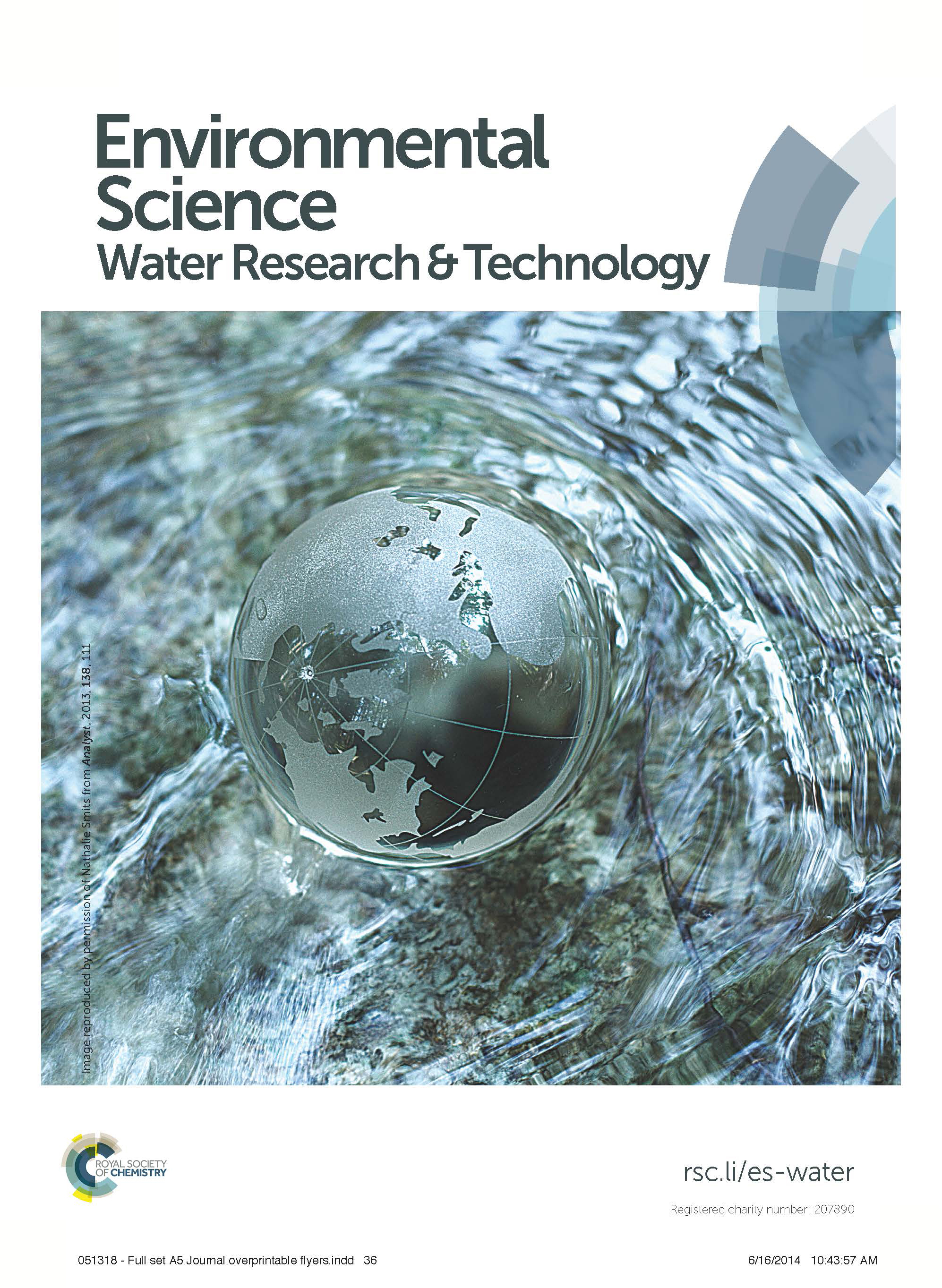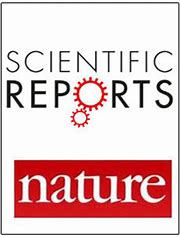- Programme area:3) Dimensions of Complexity of Aquatic Systems
Low contribution of oxic methane production in shallow productive lakes
Sub-daily stable water isotope dynamics of urban tree xylem water and ambient vapor
The authors combined in situ monitoring of stable isotopes and ecohydrological monitoring in different urban vegetation in Berlin. They provide novel insights on plant physiology and hydrological functioning through high-resolution isotope data to capture sub-daily plant water uptake and internal water cycling.

A tiered complexity conceptual framework for treating water soluble, hydrophilic contaminants in green stormwater infrastructure
Blue-green infrastructure is a critical tool for improving stormwater quality, but the removal of dissolved, hydrophilic contaminants remains a major challenge. The authors propose a tiered conceptual framework of progressively more complex, costly, and resource-intensive interventions to remove dissolved, hydrophilic contaminants and thus minimize risks to ecosystems and drinking water sources.

Stricter reductions of nutrient pollution support riverine community recovery in degraded catchments
Hydrological Processes in Lowlands and Plains
Lowlands and plains provide important ecosystem services such as agricultural and forestry production, groundwater recharge, streamflow generation and drinking water supply. This Special Issue collects scientific papers advancing understanding of the mechanisms underlying the movement and storage of water in lowland and plain environments.
Extreme summer storm elicits shifts in biogeochemistry, primary productivity, and plankton community structure in a large-scale lake enclosure experiment
Reducing Uncertainty in Hydrologic Model Using Water Isotope and Chloride Data for Glacierized Catchment on the Tibetan Plateau
Knots in the Strings: Do Small-Scale River Features Shape Catchment-Scale Fluxes?
The authors review how river “knots” associated with bifurcations, confluences, and obstructions, which are spatially and temporally heterogeneous reaches in a river network affect reach-scale processes including flow attenuation, enhanced vertical and lateral connectivity, and augmented solute retention and uptake. .
Early warning of harmful cyanobacteria blooms based on high frequency in situ monitoring and intelligible machine learning modelling: The case study of Lake Müggelsee (Germany)
Stepwise tracer-based hydrograph separation to quantify contributions of multiple sources of streamflow in a large glacierized catchment over the Tibetan Plateau
The authors identified the sources of streamflow and their temporal dynamics in a glacierized catchment of the Tibetan Plateau using isotopic and geochemical signatures. They demonstrated that incorporation of high-resolution tracer data in an appropriate model structure can help resolve streamflow components and identify the dynamics of dominant recharge sources in cryosphere environments.








